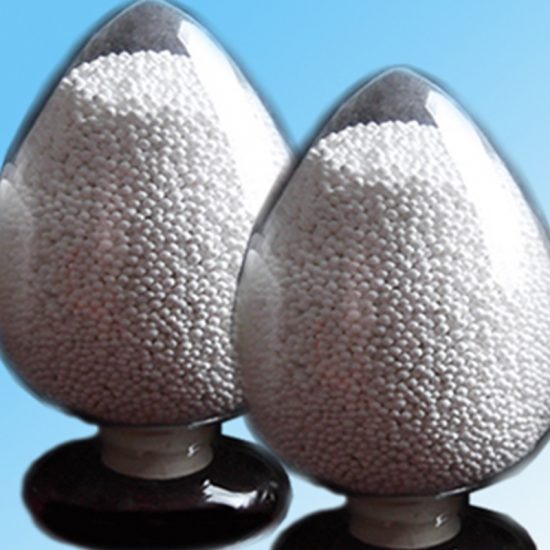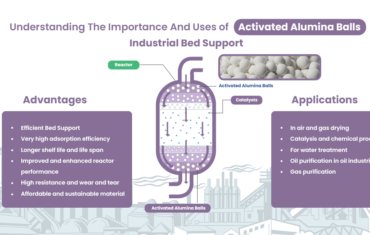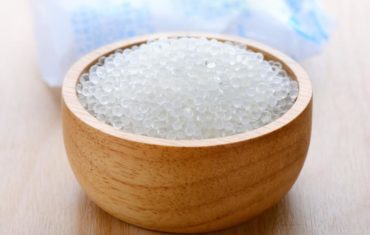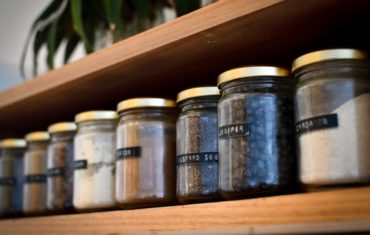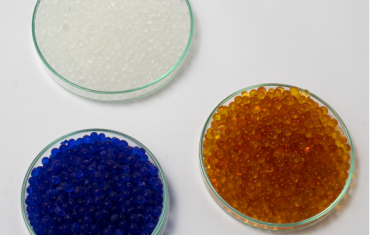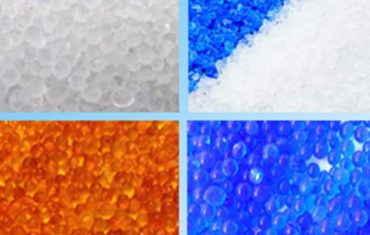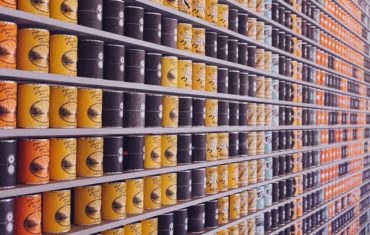Adsorbent Vs Absorbent: The Differences
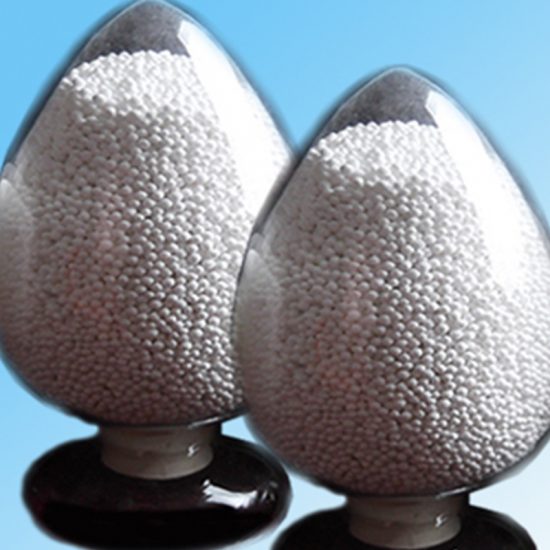
‘Absorbent’ and ‘adsorbent’ are two very similar words, which often leads to people using them interchangeable. However, it’s important to note that these two words refer to two processes that are vastly different from each other.
If you’ve ever mixed up these two words before, well, don’t be too hard on yourself. It’s just one of those tricky pairs of words that can confuse even the best of us. However, to help clear up the confusion, we’ve put together a handy guide that explains the difference between absorbent and adsorbent in detail.
Adsorption
Starting off with the more complex of the two processes, adsorption refers to the adhesion of molecules, ions, or atoms from a dissolved solid, liquid or gas onto a solid surface. The process of adsorption is purely a surface phenomenon, and doesn’t actually involve a gas, dissolved solid, or liquid permeating – or being absorbed into – a material.
Silica gel is a prime example of an adsorbent. Small canisters or packets containing silica gel are often packed with food and pharmaceutical products to protect them from moisture and humidity-induced degradation. The silica gel adsorbs any moisture that manages to permeate the product packaging.
Activated carbon is another widely used industrial adsorbent. However, unlike silica gel, it’s not approved by the FDA to be used with food products, and is mainly used in various industrial purification processes. These include gas purification, sewage purification and treatment, air purification and filtering, water purification, and gold purification. Activated carbon is also widely used in air filters, respirators, and gas masks.
Absorption
Absorption, on the other hand, refers to the process of a gas or liquid permeating a porous absorbent material. Unlike adsorption, absorption isn’t a purely surface phenomenon, as the gas or liquid is uniformly dissolved inside the absorbent material.
An everyday example of absorption is when water is spilled on a hard surface, like glass. Since glass isn’t an absorbent material, the water stays on the surface. However, an absorbent material, such as a paper towel or napkin can be used to soak up the spilled water.
In Summary
To put it in a nutshell, adsorbent refers to a material which allows a dissolved solid, gas, or liquid to adhere to its surface. An absorbent, on the other hand, is a material which allows gases and liquids to permeate it uniformly.
Sorbead India is a premier manufacturer and supplier of industrial absorbents and desiccants that offers premium quality activated alumina, molecular sieves,silica gel, and more online. Get in touch with us to learn more about the products we offer.

